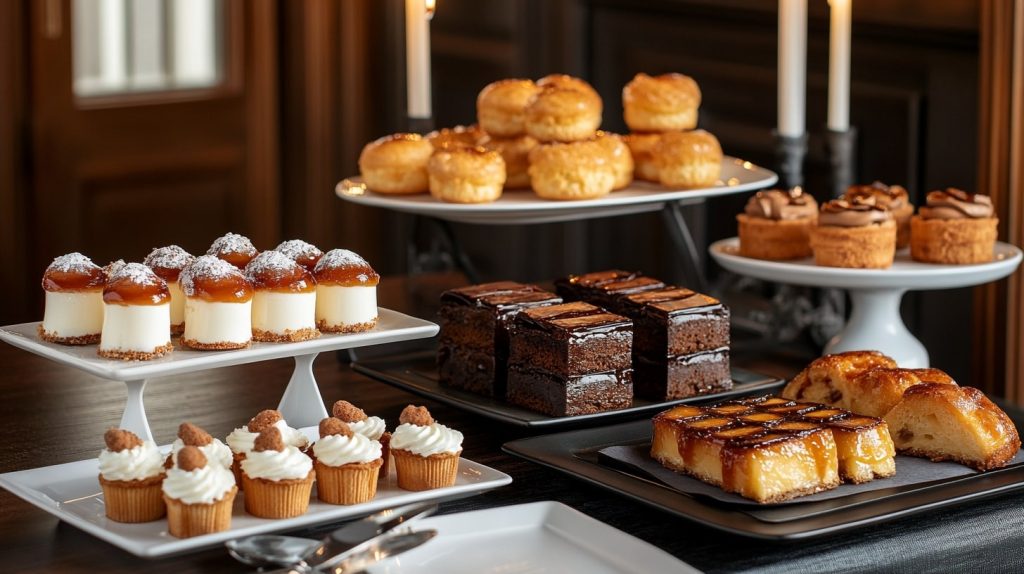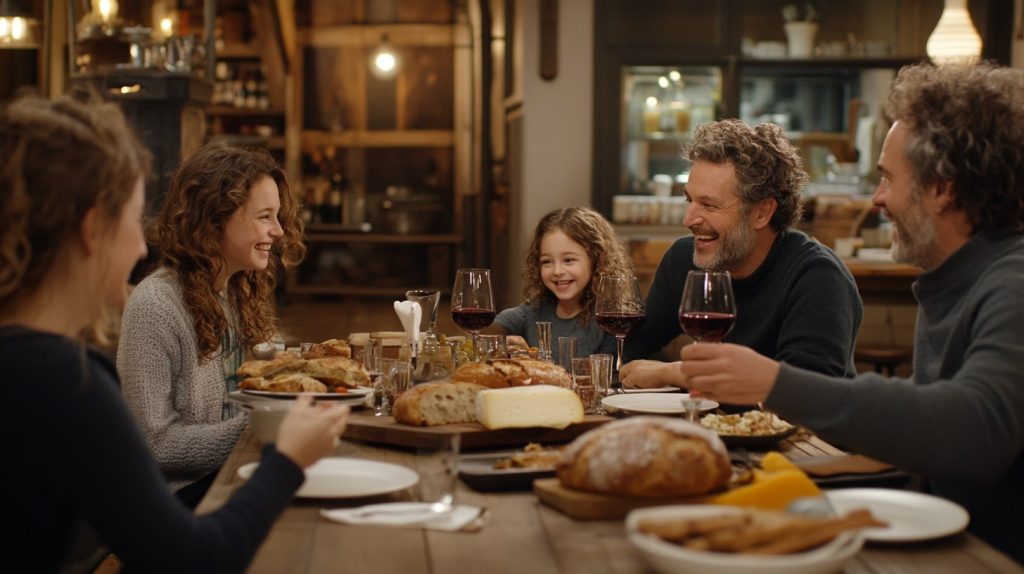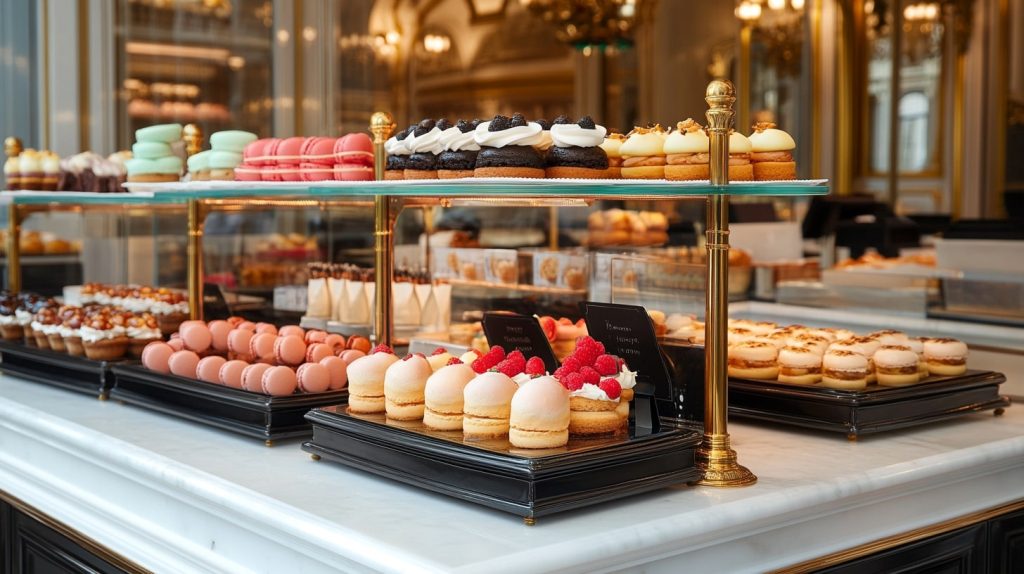
Heading to France soon?
Understanding the local traditions and customs can transform your visit from memorable to truly unforgettable. France is known not only for its iconic landmarks and delicious cuisine but also for its rich cultural heritage.
From greetings and dining etiquette to regional festivals and social norms, knowing the local customs shows respect and enhances your experience.
Whether strolling Parisian streets, exploring vibrant French cities and charming villages, or savoring fresh croissants at a café, embracing French culture will help you connect authentically with locals.
Get ready to dive into the customs, traditions, and etiquette that every traveler to France should know.
Festive Traditions
France brims with rich history and vibrant celebrations that offer a unique glimpse into France’s cultural heritage and its joyful spirit of togetherness.
Let’s explore them together!
Bastille Day

Bastille Day, celebrated annually on July 14, commemorates the storming of the Bastille prison in 1789—a pivotal event marking the beginning of the French Revolution. This national holiday symbolizes liberty, equality, and fraternity, uniting citizens in patriotic pride.
But the celebrations are not only about Paris. France’s regions bring their own unique flair to this important event.
- In Provence, you might stumble upon a traditional bull run (yes, like in Spain, but très français). The bulls are released in the streets, and locals engage in a spirited chase.
- Down in Corsica, expect fireworks and festivities with a Mediterranean twist.
- In Brittany, you’ll find parades with locals dressed in traditional Breton costumes, while enjoying hearty servings of crêpes and cider.
- In the Basque Country, you might see traditional Basque dances and sports, such as pelota, being played in the town squares.
Each region celebrates with its unique customs, turning Bastille Day into a kaleidoscope of cultural expressions.
It’s a day when history meets good fun, liberty tastes like cheese, and everyone’s inner revolutionary gets a touch of French flair.
Vive la France!
French Christmas and its Markets
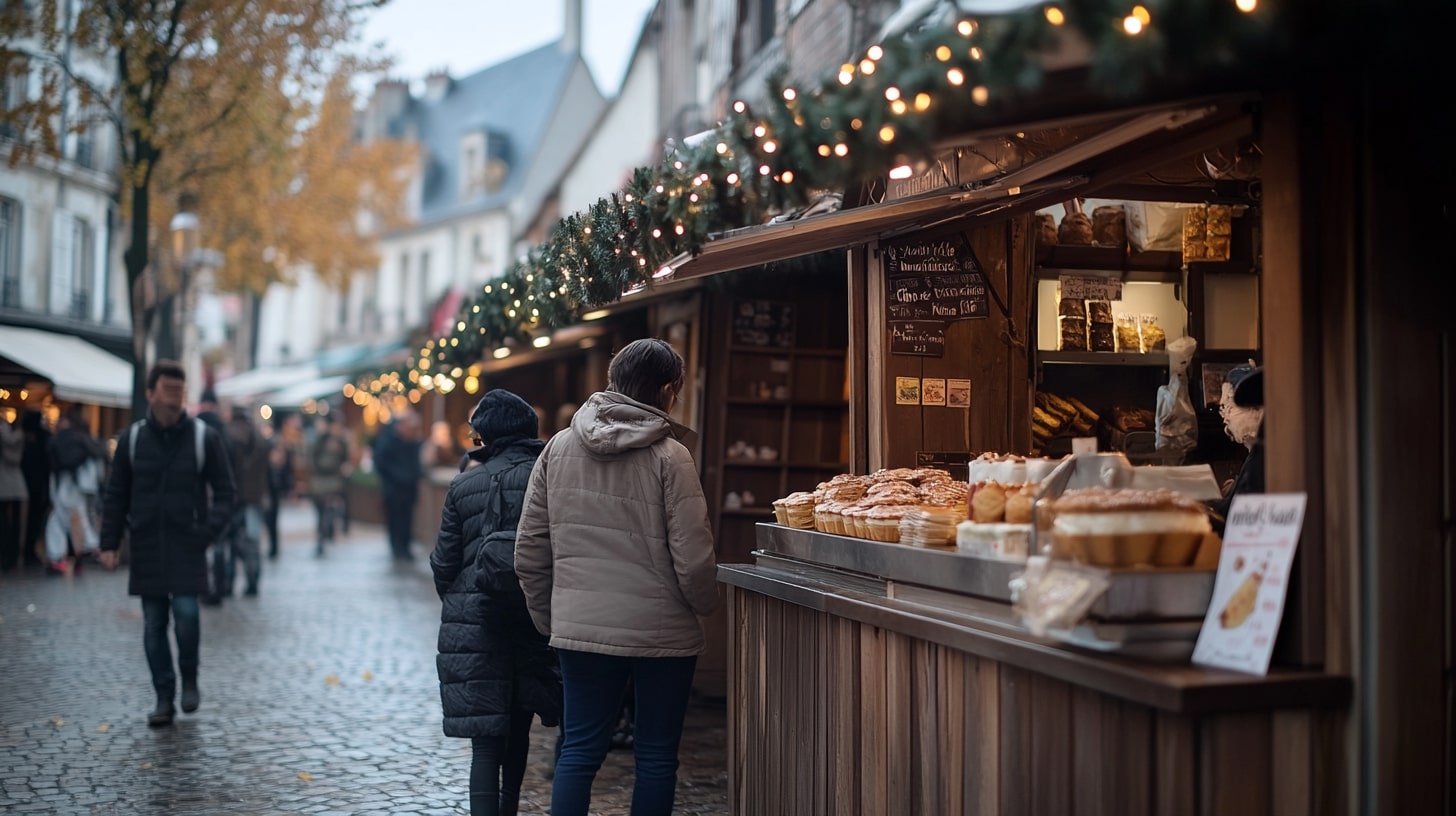
Christmas (Noël) in France is a warm, festive season filled with cherished traditions. Central to celebrations is the Réveillon, a lavish Christmas Eve dinner featuring exquisite dishes like Foie Gras, smoked salmon, oysters, and roasted capon or turkey, all accompanied by flowing champagne.
Dessert traditionally includes the iconic Bûche de Noël, a beautifully decorated cake shaped like a yule log. Originally a tradition from eastern France, vibrant Christmas markets have spread nationwide, enchanting visitors with their charming stalls offering crafts, festive decorations, mulled wine, and sweet treats.
Today, strolling through these sparkling markets is a beloved French holiday ritual, capturing the magical spirit of Noël. Each region in France may have its variations and special dishes, but the essence of the Réveillon is about indulgence, togetherness, and celebrating the joy of the holiday season.
Candlemas
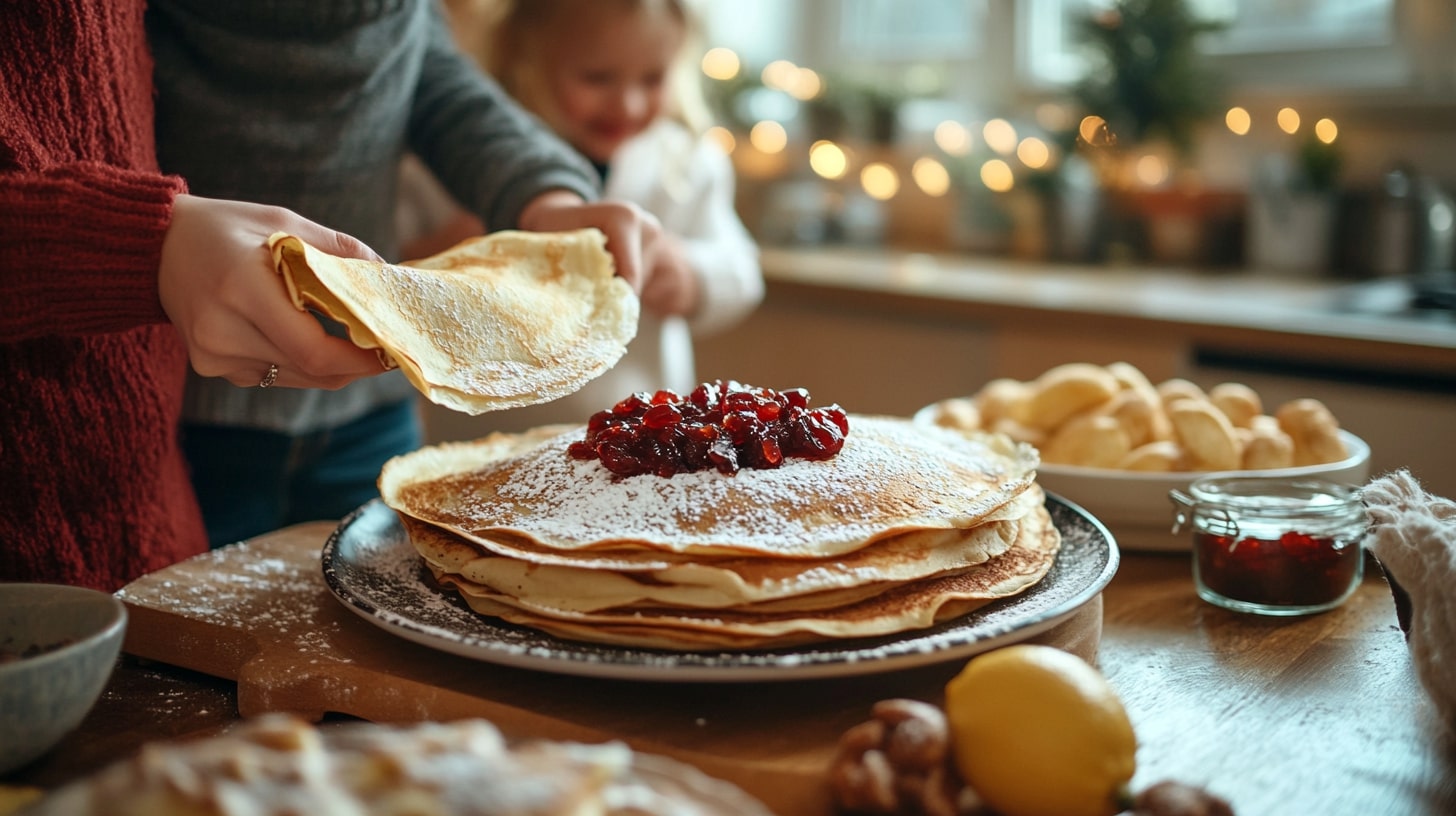
Candlemas, known in France as “La Chandeleur,” is celebrated annually on February 2nd and blends religious tradition with delicious culinary customs.
Historically marking the purification of the Virgin Mary and the presentation of Jesus at the temple, La Chandeleur has evolved into a joyful family gathering centered around making and eating crêpes. Tradition dictates that flipping a crêpe successfully while holding a coin ensures prosperity for the coming year.
French households gather to enjoy these delicate pancakes topped with sugar, lemon, chocolate, or preserves. Beyond its religious roots, La Chandeleur remains a beloved French tradition symbolizing hope, prosperity, and unity.
Easter

Pâques is another much-loved French tradition. Central to the festivities are family gatherings featuring elaborate meals, often including roasted lamb (“agneau pascal”), fresh spring vegetables, and seasonal delicacies.
Chocolate also plays a starring role, with artisan chocolatiers crafting intricate chocolate eggs, bells, rabbits, and hens, beautifully displayed in pâtisserie windows nationwide.
According to tradition, church bells stop ringing on Good Friday, “fly to Rome,” and return on Easter Sunday, dropping chocolates for children to find. Kids eagerly participate in egg hunts, searching gardens and parks for hidden treats.
Easter symbolizes renewal and abundance, making it a cherished moment for families across France to reconnect and indulge together.
Fête de la Musique

If you are a fan of live music, you must travel to France at the end of June! The Fête de la Musique, celebrated annually on June 21, is France’s vibrant national music festival welcoming the summer solstice.
Founded in 1982 by France’s Ministry of Culture, the festival promotes music of all genres, making performances accessible to everyone. Streets, parks, squares, and public spaces nationwide transform into stages, with both amateur and professional musicians offering free concerts.
This festive spirit encourages public participation, fostering a sense of community and celebration. From classical ensembles to rock bands and street performers, the festival reflects France’s rich musical diversity.
Tour de France
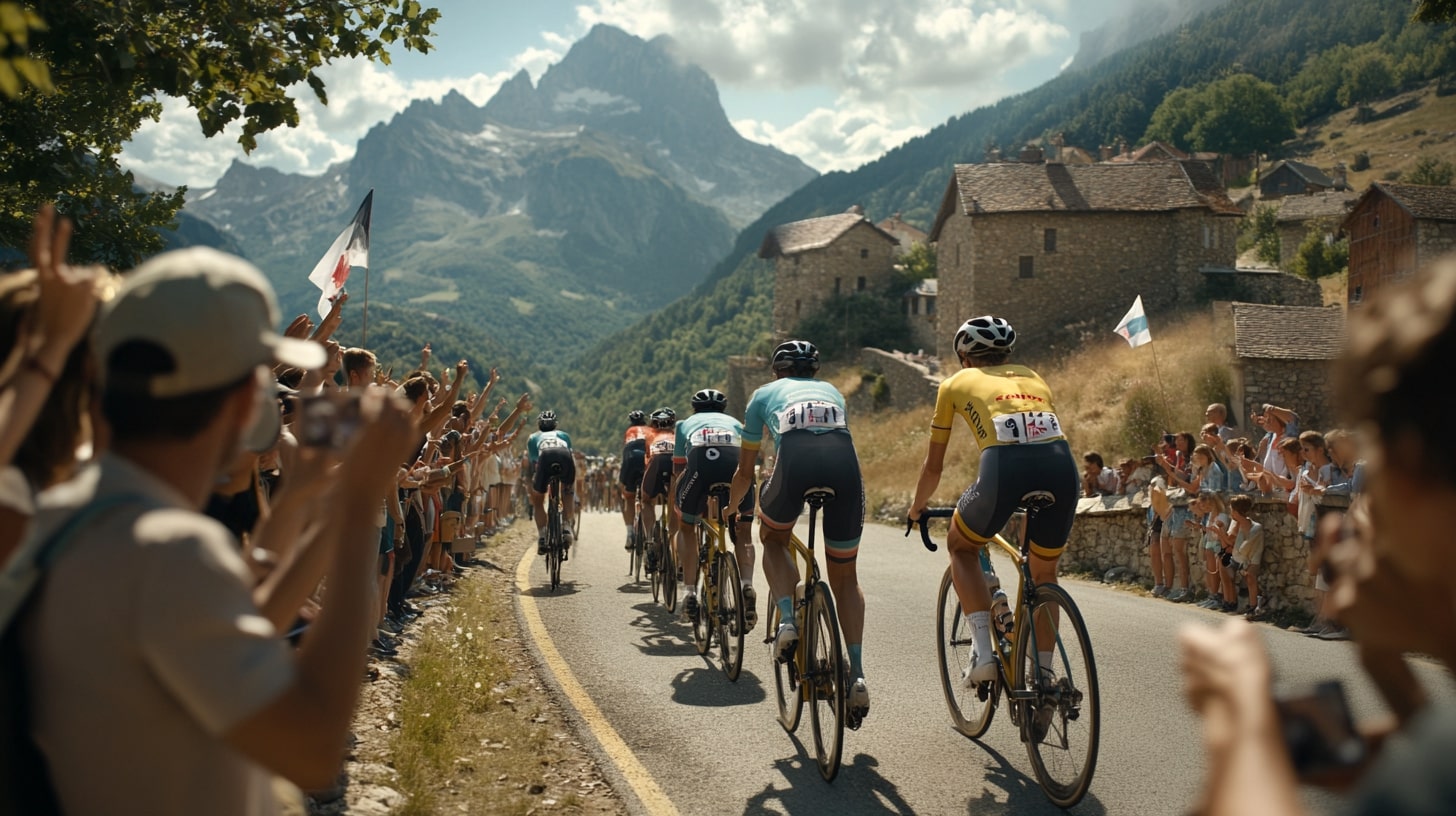
The Tour de France, first held in 1903, is France’s iconic cycling race and one of the world’s most prestigious sporting events.
Originally created to boost newspaper sales, now, it has become a pedal-powered spectacle of stamina, strategy, and sore muscles that happens every July. Covering over 2,000 miles, cyclists endure grueling mountain climbs, blistering speeds, and the occasional cow-crossing, but it also showcases France’s stunning landscapes.
Cyclists compete in daily stages, earning the coveted yellow jersey worn by the overall leader. Millions line the route, cheering enthusiastically as riders pass. More than just a race, the Tour de France symbolizes endurance, teamwork, and national pride.
Plus, the caravan of quirky promotional vehicles tossing freebies adds a carnival touch. Vive le Tour et en selle !
Culinary Traditions
Let’s now tackle some urban legends about France and the French and look into the most endearing cultural quirks of this proud nation.
The French eat snails and frog legs
Yes, they do. But the notion that French people constantly feast on snails and frog legs is a humorous stereotype rooted in culinary curiosity and misunderstanding.
Visitors to France often first encounter these dishes in restaurants, reinforcing the amusing idea that the French consume them routinely.
In reality, many locals reserve them only for special occasions or gourmet experiences. The average French citizen is more likely to be seen with a croissant or a baguette.
So, let’s ease up on the snail jokes, oui?
The French live on wine, baguettes and cheese
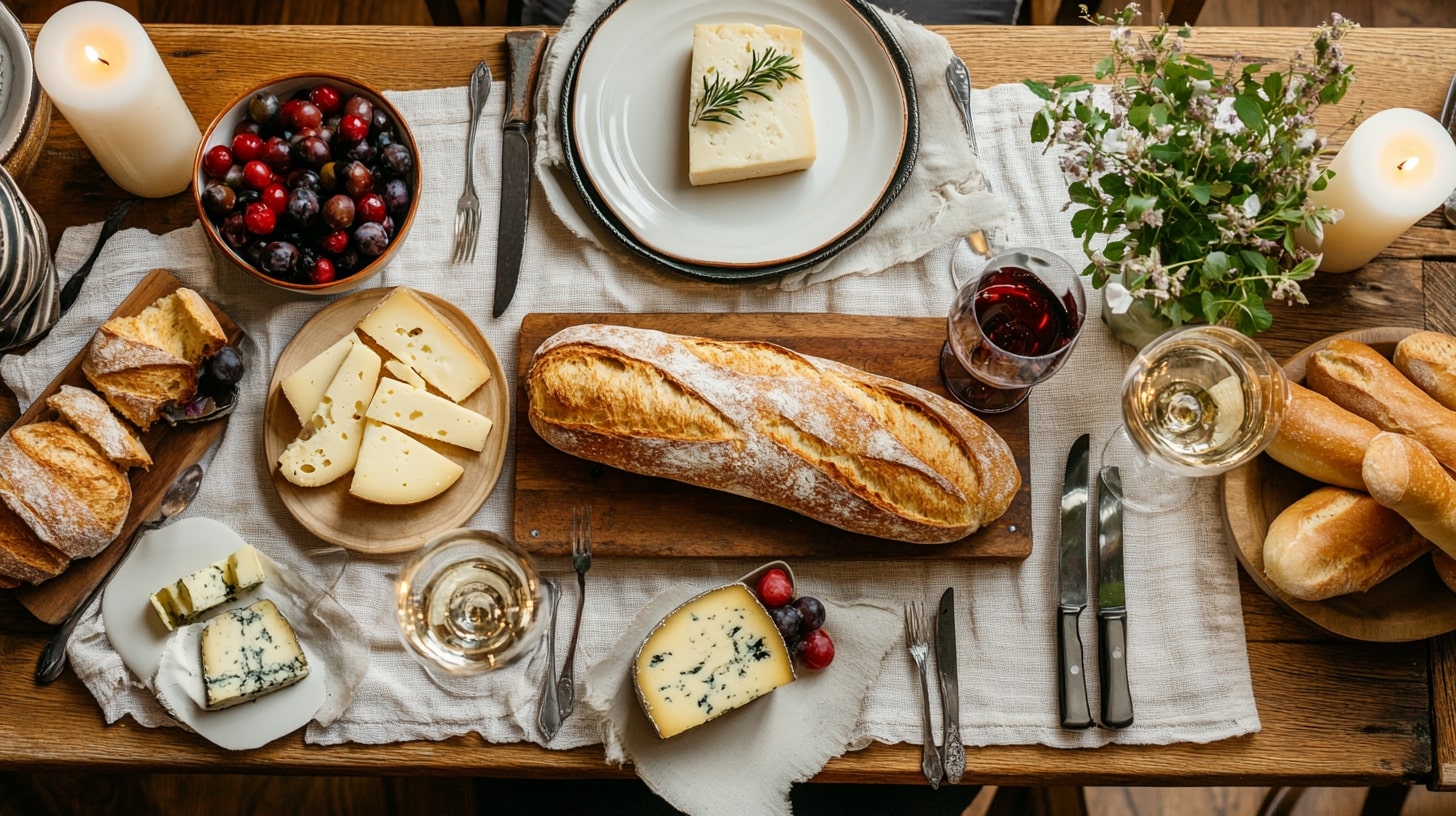
The idea that French people survive exclusively on wine, baguettes, and cheese is another amusing stereotype probably born from France’s iconic culinary image.
While these culinary delights are beloved and of great quality, French cuisine is wonderfully diverse, with regional specialties like bouillabaisse and cassoulet, just to name a few.
But let’s be honest, if you were to survive solely on crusty fresh baguettes, Brie wheels, and bottles of Bordeaux or Chablis, France isn’t exactly the worst place to attempt such a feat!
The French spend hours at the table
The idea that French people spend endless hours lingering at the dinner table isn’t entirely fiction.
This French table setting tradition dates back to the nobility, where lavish feasts with endless courses were a display of wealth and refinement. The bourgeoisie, eager to keep up, embraced the custom, turning long meals into a social event.
Over time, multiple courses became the norm—starter, main, cheese, salad, dessert, and, of course, great wines at every stage.
Even today, meals remain a leisurely affair, filled with lively conversation. The French still believe that good food, good company, and a little extra time are always worth it!
After all, why rush through a meal when you can debate politics, exchange recipes, or lovingly argue over the best cheese?
Some French traditions remain deliciously sacred!
The art of French table setting
Considering how much time the French spend at the table, setting a dinner table in France is truly an art form, reflecting elegance, hospitality, and attention to detail.
Known as “l’art de la table”, this tradition emphasizes not only functionality but also aesthetic beauty, showcasing carefully arranged plates, polished silverware, sparkling crystal glasses, and crisp linens.
Each utensil and glass have a designated place, meticulously positioned to reflect the sequence of dishes served.
Floral centerpieces, candles, and subtle decorations often adorn the table, creating an inviting atmosphere.
Beyond mere decoration, table setting demonstrates respect for guests and enhances culinary enjoyment, turning every meal into a sophisticated ritual that embodies French refinement.
The “Café Gourmand”
This is a delightful French tradition that combines the pleasures of coffee with the indulgence of miniature desserts, or mignardises.
Originating in 1985 as a smart way to satisfy sweet cravings without committing to a full-sized dessert, it typically includes an espresso or coffee alongside small portions of classic French pastries, like tiny crème brûlées, macarons, mini chocolate mousse, or fruit tartlets.
Popular in cafés and restaurants across France, the Café Gourmand perfectly captures the French love for variety, elegance, and moderation.
It’s the ideal choice for those who believe life is too short to choose between coffee and dessert—why not enjoy both?
The open market
The French have a deep-rooted affection for their open markets, where tradition, community, and gastronomy meet.
These markets are like a reality TV show where produce and banter take center stage.
Imagine a bustling scene with locals passionately haggling over the best tomatoes, and vendors performing dramatic monologues about their cheese’s superior qualities.
And let’s not forget the aroma of freshly baked baguettes and brioche, or Breton kouign amann, wafting through the air, making even the most resolute dieter weak at the knees.
It’s not just a shopping outing; it’s an all-senses experience where life’s simple pleasures are celebrated.
Snack time or the 4 pm “goûter”
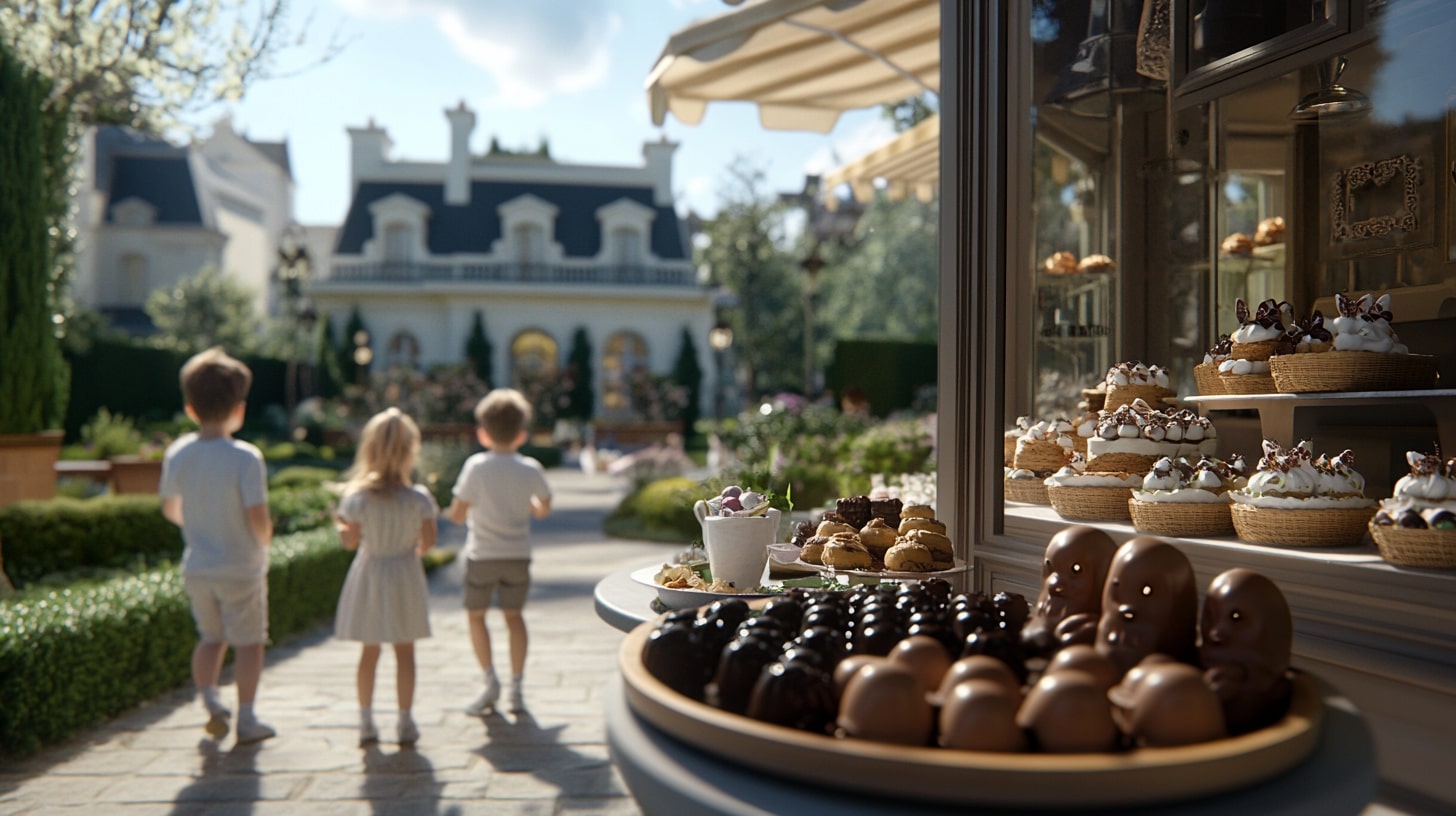
The French 4 pm goûter (pronounced “goo-tay”) is the ultimate childhood ritual that adults secretly cherish too.
Originating from the French verb “goûter,” meaning “to taste,” this afternoon snack is a delightful pause in the day.
Imagine kids dashing out of school, greeted by the sweet aroma of freshly baked pain au chocolat or a simple tartine with butter and jam.
And let’s be honest, who can resist a buttery madeleine or an éclair paired with tea or hot chocolate?
It’s a moment of indulgence and joy that makes the afternoon slump a little more bearable.
The tradition of the apéritif
The French apéritif, affectionately known as simply “apéro,” is the art of pre-dinner socializing and a warm-up to those long dining traditions.
The term comes from the Latin word “aperire,” meaning “to open,” as it opens the evening’s festivities.
Picture this: friends and families gather around, sipping on Pastis, Kir, or a glass of wine, while nibbling on olives, cheese, charcuterie, and nuts.
It’s a relaxed, friendly moment where time seems to slow down, and conversations flow as smoothly as the drinks, a joyful ritual that stretches meals and makes every social gathering special.
The French have mastered the apéro, turning it into a cherished ritual that adds a touch of joie de vivre to the end of the day.
Santé!
Conclusion
France’s traditions and customs offer a charming blend of history, culture, and culinary delights.
From festive celebrations like Bastille Day and Noël to daily rituals like the goûter or leisurely dining where slow food is honored, embracing French etiquette enriches any visit.
By understanding these customs, travelers unlock an authentic, unforgettable experience in French life, and a marvelous French lesson in Art de Vivre:
Live in the moment, make it beautiful, and enjoy every minute of it.
FAQ
What are the dos and don’ts of French social etiquette?
Navigating French social etiquette involves understanding subtle yet important customs. Do greet people politely, using “bonjour” and “au revoir,” and always use formal language (“vous”) with strangers or elders. Do make eye contact during toasts and greet everyone individually when joining gatherings.
Be punctual for formal meetings but arriving slightly late to dinners is acceptable. Avoid overly personal topics, such as salary or politics, unless initiated by your French hosts. Never rush a meal, as dining is a leisurely , sacred ritual. Always show respect for the very French concept of work/life balance. Finally, remember a gentle handshake or polite cheek kiss (la bise) when greeting. Learning a few words of French will also surely impress.
Are French people really that much into fashion?
France, especially Paris, holds a longstanding reputation as the fashion capital of the world, influencing global trends and showcasing iconic elegance thanks to its haute couture. Yet, despite this glamorous image, daily French style is often surprisingly casual. French people value understated elegance and practicality, favoring timeless pieces and simple silhouettes over flashy, extravagant clothing.
Their wardrobes commonly include classic staples like jeans, tailored jackets, and neutral colors—highlighting effortless chic rather than constant high fashion. The French approach to fashion reflects a balance: they appreciate high-end design, yet maintain comfort and authenticity in their everyday attire, proving true style doesn’t have to shout to be heard.
